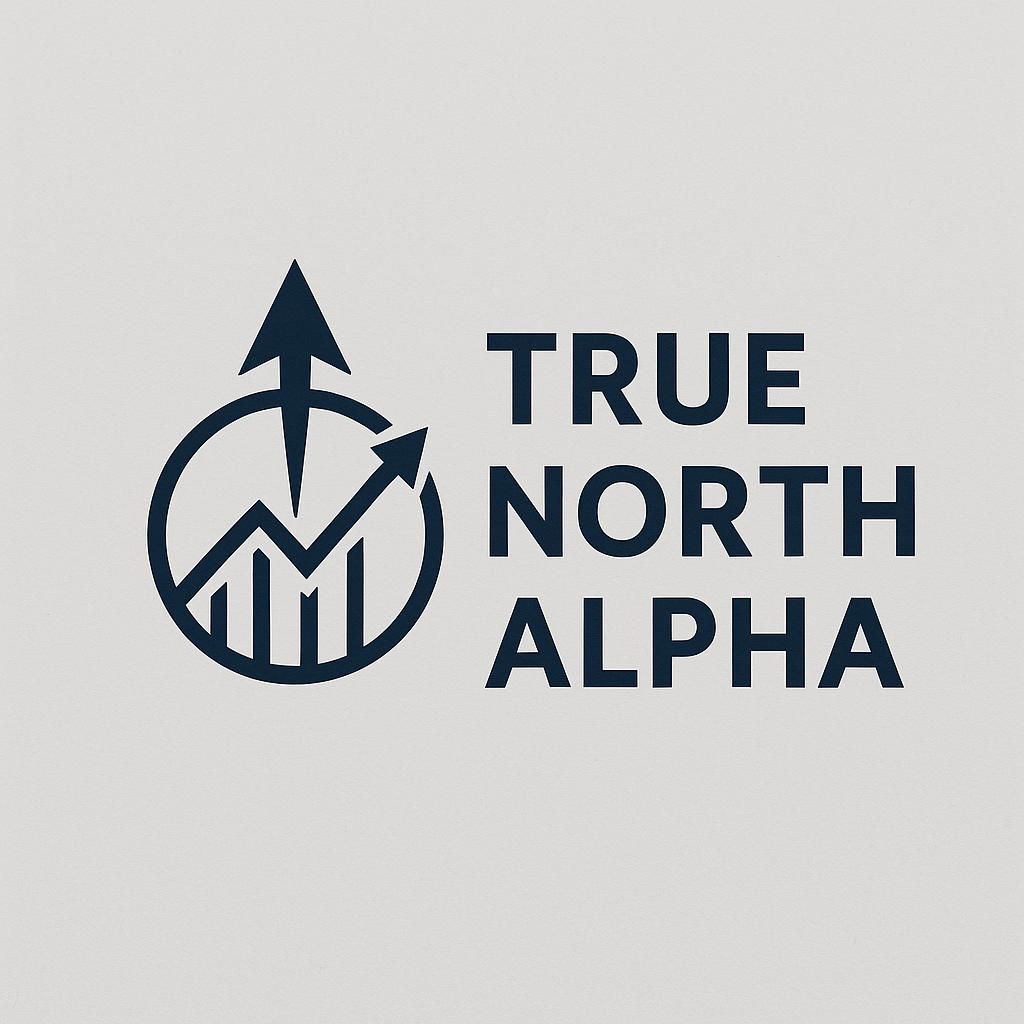Welcome to True North Alpha
Hello, I'm George.
I'm a Canadian investor, CFA charterholder and capital markets professional with over a decade of experience in public policy, economics, and finance. I currently work in a capital markets function at a major Canadian institution, focusing on fixed income.
But this project—True North Alpha—is personal.
It began with a straightforward question: does conventional equity advice in Canada hold up under scrutiny? Too often, I found that it didn’t. The dominant retail narrative continued to emphasize high dividend yield, low P/E ratios, or vague macro sentiment—strategies that always sound disciplined, but not truly tested.
So I built a model. Not to chase stories, but to systematically test assumptions.
Specifically, I wanted to interrogate the belief that “cheap” stocks—those trading at steep discounts to historical valuation levels—are inherently attractive.
In practice, many of these names remain inexpensive for a reason: structural stagnation, deteriorating fundamentals, or sector headwinds. Their poor returns exposed the “value trap” for what it often was.
But when I looked at large, blue-chip companies trading at valuation premiums relative to their own history, the signal was clear: the market was often right. These weren’t overpriced darlings. They were structurally superior businesses continuing to outperform.
True North Alpha is the result.
A rules-based, repeatable strategy that selects 10–14 Canadian equities annually based on a composite of earnings strength, valuation expansion, and price momentum. The model is fully transparent, statistically robust, and avoids discretionary overrides.
This isn’t a subscription service masquerading as investment advice. It’s a model that is easy to follow and I implement personally—designed for investors seeking a data-driven edge.
Additional details on the model is presented on our Strategy page.
You can review the full performance history on the Results, including annualized returns, volatility, and benchmark-relative metrics. The model has outperformed the TSX in 19 of the last 24 calendar years, with a Sharpe ratio more than double that of the index - meaning that the model outperformed without taking on additional risk.
If you find the methodology sound and the track record compelling, I encourage you to visit the Why Subscribe page. It outlines the value proposition and explains how a $149 annual subscription can make sense for your portfolio.
You may also wish to review the FAQ page for answers to common questions.
Thank you for your time—and I look forward to welcoming you aboard.
George
